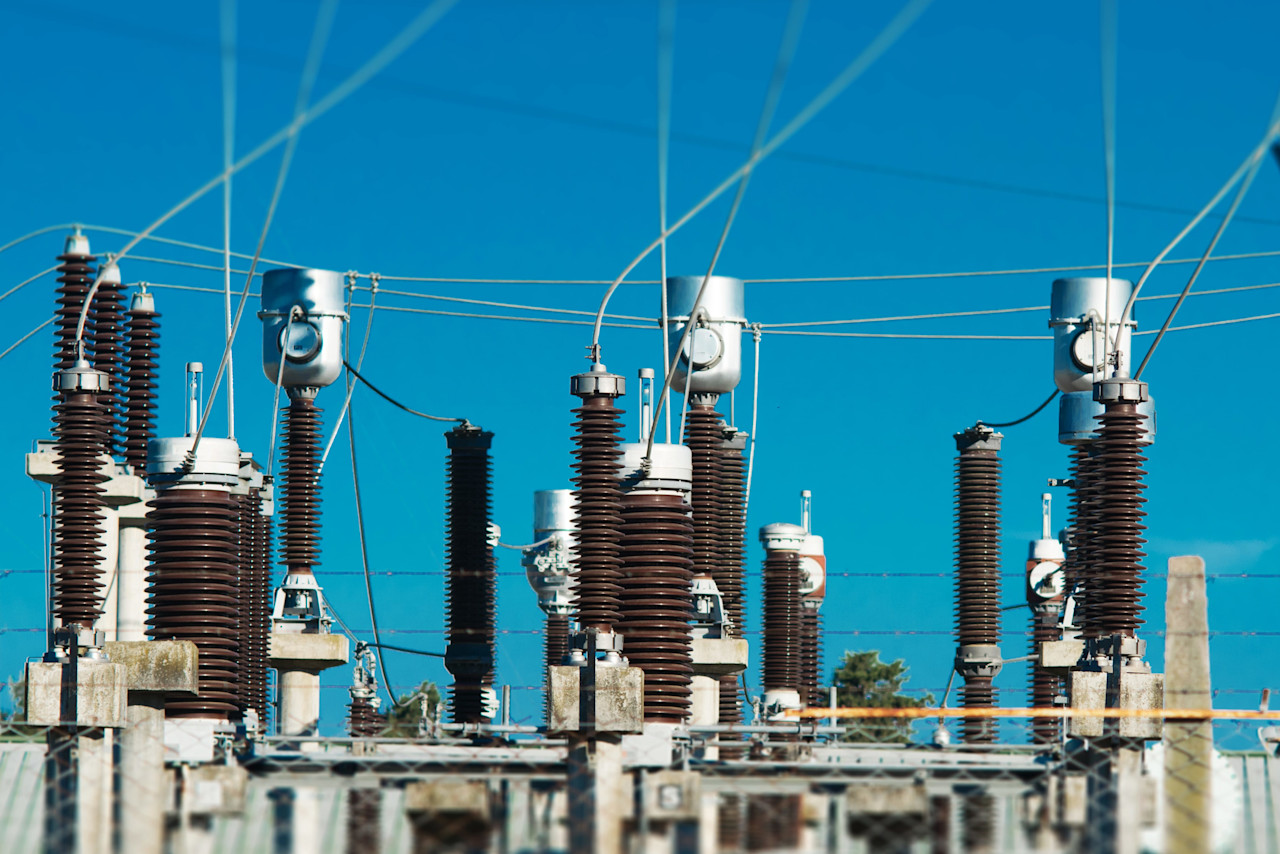

Looking beyond China’s ‘Two Sessions'
Execution of fiscal expansion and a future trade settlement with the US will be the focus for investors in the first half of 2025 with China’s ‘Two Sessions’ meeting likely to reconfirm that policy will promote growth.
Summary
- Trade fire now ablaze after US announces extra 10% tariffs
- Tech has momentum, but support for consumption and property still required
- Xi meeting with private sector leaders has set a more dynamic tone
Sentiment on China has become markedly more positive in the six months since the September 2024 Politburo bureau meeting when China’s leadership recognised the need for more policy stimulus to re-ignite growth. Chinese equities had already rallied strongly before the DeepSeek model reveal in January reminded everyone that China tech sector is a formidable rival to Silicon valley. MSCI China is up 34% since the end of February 2024, giving some relief to the long term investors that stayed in the market through the property downturn. Significant economic challenges still remain, including increasing domestic consumption, reviving the property sector and, last but not least, reaching a new trade equilibrium with the hawkish and unpredictable US Trump administration. We remain constructive on Chinese equities, encouraged by the policymakers’ growth focus, the recent government comments on private sector enterprises, and the pragmatic attitude to trade negotiations.
The next item on the agenda for China investors is the National People’s Congress starting 5 March 2025, known as the ‘Two Sessions’, which we think will meet consensus expectations and announce a relatively ambitious 5% GDP growth target for the second year running. For the first time in recent history, the NPC has become less of a focal point, as the key policy shifts were already outlined during the December 2024 Central Economic Work Conference meeting. No major policy surprises are expected but the direction for easier fiscal and monetary policy should be re-confirmed. We will see a ~2 percentage points increase in the augmented fiscal deficit to GDP, driven by an increase of special long-term treasury bonds and local government special bonds (LGSB) quotas . On 26 February Bloomberg reported1 that China plans to inject capital into China’s biggest banks, funded by sovereign bond issues, in coming months. This will reduce capital pressure, and reflects a commitment to easing strain on lenders. Local governments will also be encouraged to use their bond quotas to support the property market by repurchasing land and inventory, as well as providing funding support for developers.
In addition the government has already made clear its intention to increase domestic consumption with goods trade-in policies as well as equipment renewal subsidies both likely to continue, there also could be incentives for couples to have children. In a speech on 20 February 2025 Premier Li Qiang said that increasing what he called ‘internal circulation’ and indicated measures to supporting diverse service sectors including health care, education and culture are likely to follow.
Tariff strife intensifying
Increasing domestic consumption is also key to trade negotiations with the US, giving China a more credible hand in terms of rebalancing trade and more ability to withstand trade barriers. China had taken Trump’s trade actions in its stride, with tit-for-tat tariff moves of its own, further export restrictions on critical minerals, and the blacklisting of some foreign companies2. The announcement by the US on 27 February of a further 10% tariffs on China raises the stakes and is certain to prompt a response with counter-measures not known at the time of writing.
We think China’s moves will be measured and designed to caution the US against further actions that target China specifically. While the risk of intensification in the tariffs and other restrictions is live and significant, the calculation remains that Trump’s approach will be transactional in nature rather than ideological. As a dealmaker, he appears to leave the door open for negotiation when it serves his interests. This dynamic creates an opportunity for China to engage in dialogue and potentially shape outcomes through negotiation. And it must be remembered that this rebalancing is part of a process that’s been ongoing. In 2024, 15% of China’s exports went to the US compared to 19% back in 2017. Lastly, if trade dislocation is worse than expected with negative macroeconomic impacts then the government still has room for increased stimulus measures.
Get the latest insights
Subscribe to our newsletter for investment updates and expert analysis.
China’s dynamic tech sector is back in the investor spotlight
Confidence in China’s international competitiveness and continued ability to innovate was given a boost in January by the release of the DeepSeek Large Language Model (LLM), which was developed at lower cost than similar LLMs from the US. This has had the welcome impact of re-rating China’s AI related stocks and spurring a rally in the overall tech sector already recovering on earnings upgrades. China is poised to achieve technological breakthroughs despite sanctions and restrictions from the US. By leveraging a classic follower strategy, it can capitalize on its advantages: rapid adoption of new technologies, a vast domestic market, and an unrivalled manufacturing base.
Moreover, President Xi’s meeting with tech and industry leaders on 17 February further buoyed sentiment. The presence of Alibaba co-founder Jack Ma confirmed that the book has firmly been closed on the past regulatory crackdown on tech. Xi indicated that the private sector can lead the innovation drive, rather than state-owned enterprises being solely responsible, which will help give confidence to both domestic and foreign investors that Chinese equities are desirable long-term assets to hold.
Conclusion
We remain convinced Chinese companies possess high-quality and long-term growth prospects, particularly in sectors focused on consumption recovery, technology self-sufficiency, and industrial upgrading. Furthermore, China remains discounted both historically and in comparison to emerging markets. We are constructive on Chinese equities and have maintained our barbell approach for both Robeco Chinese A-share Equities and Chinese Equities strategies. This approach includes a balance between cyclical value stocks and long-term structural winners. Bottom-up stock picking remains key to deal with macro volatility, trade tensions, and inevitable fluctuations in sentiment.

Footnotes
1 China to Inject at Least $55 Billion of Fresh Capital Into Several Big Banks – Bloomberg 26 February
2 Calvin Klein blacklisting sends chill through US business in China – Financial Times, 14 February 2025





















